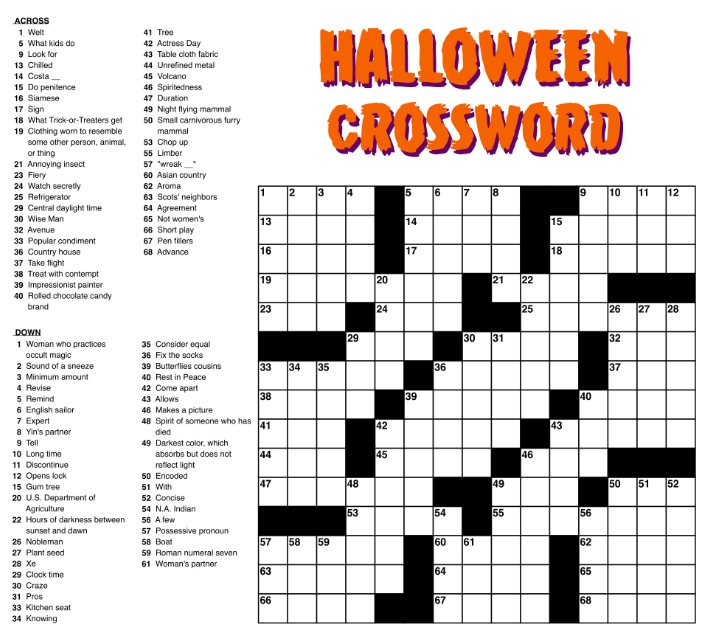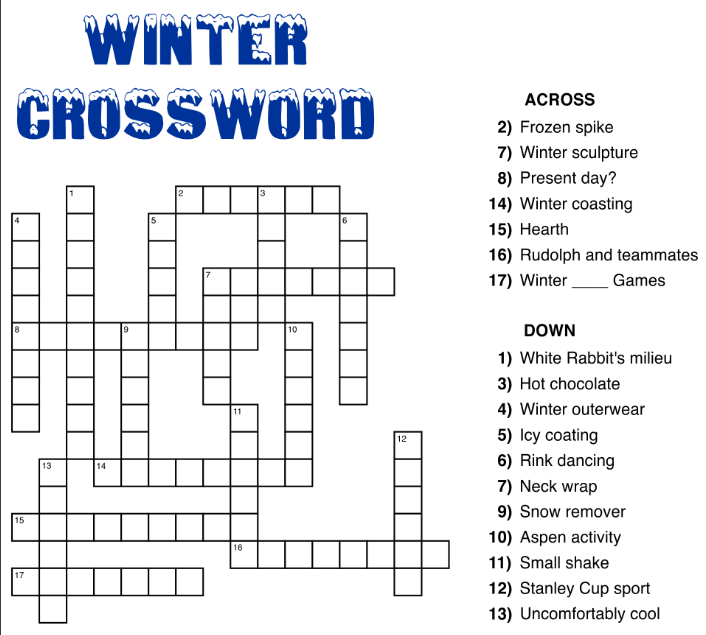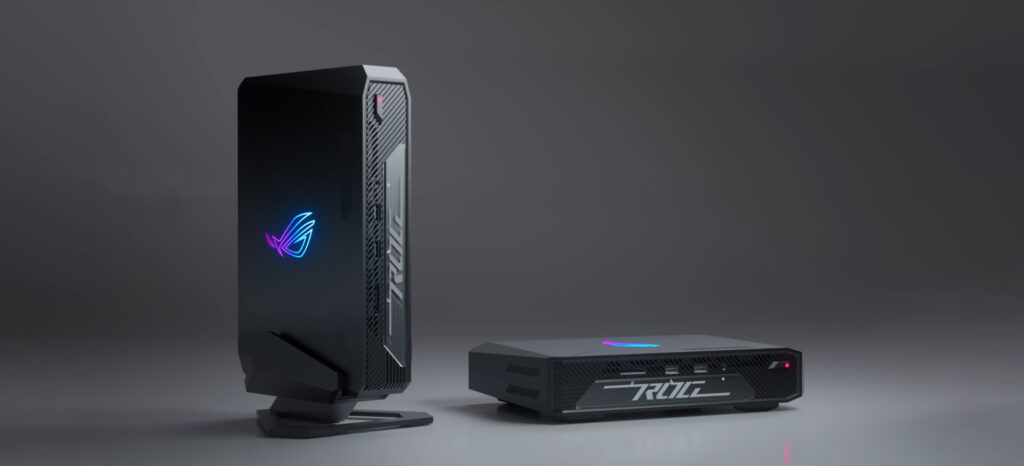Free Crossword Puzzles: Boosting Brainpower and Fun Without Spending a Dime
Introduction
Crossword puzzles have captivated minds for over a century, evolving from newspaper staples to digital brain teasers. Today, free crossword puzzles are more accessible than ever, offering a blend of entertainment, education, and cognitive exercise. This guide explores where to find them, how to solve them, and why they’re a timeless tool for learners and enthusiasts alike.

1. The Appeal of Free Crossword Puzzles
Crosswords appeal to a broad audience due to their:
- Cognitive Benefits: Enhances vocabulary, memory, and problem-solving skills. Studies show regular puzzlers have sharper minds in later life .
- Accessibility: Available in multiple languages and difficulty levels, from kid-friendly grids to cryptic challenges.
- Cost-Free Convenience: Digital platforms and apps eliminate the need for subscriptions or physical copies.
2. Top Platforms for Free Crossword Puzzles
Newspaper Archives & Educational Hubs
- The New York Times’ Mini Crossword: A free daily puzzle accessible via their app or website, perfect for quick mental warm-ups .
- The Guardian’s Cryptic Crosswords: Offers free daily puzzles with hints, catering to advanced solvers.
- Education.com: Provides printable crosswords for K-12 students, aligning with subjects like science, history, and grammar.
Niche Communities & Apps
- Crossword Nexus: A hub for themed puzzles (e.g., pop culture, holidays) with a solver-friendly interface.
- Puzzle Page: A free app offering daily crosswords alongside sudoku and word searches.
Library Resources
Many libraries, like the Internet Archive, host digitized collections of vintage puzzles. Platforms such as Libby also grant free access to crossword eBooks with a library card .
3. Educational Uses of Crossword Puzzles
Educators and parents leverage crosswords to:
- Reinforce Learning: Create custom puzzles for topics like the periodic table (Elemental Challenge) or historical events (WWII Timeline Crossword).
- Encourage Collaboration: Group solving fosters teamwork and communication in classrooms.
- Support Language Learners: Bilingual puzzles (e.g., English-Spanish) build vocabulary and grammar skills.
4. Solving Strategies for Beginners
- Start Small: Tackle mini crosswords (5×5 grids) to build confidence.
- Focus on Fill-in-the-Blanks: Clues like “_ _ _ _ (4 letters)” often relate to common short words (e.g., “time” or “love”).
- Use Cross-Referencing: Solve intersecting clues to unlock tougher answers. For example, if 1-Across ends with “S,” check if it aligns with 5-Down’s starting letter.
- Leverage Online Tools: Sites like OneAcross provide hints without spoiling answers.
5. The Rise of AI-Generated Crosswords
Modern tools like AI Crossword Generators allow users to create custom puzzles in seconds. Platforms such as Puzzle Maker Pro offer free tiers for educators and hobbyists, enabling themes like:
- Pop Culture: Clues based on Stranger Things lore or Taylor Swift lyrics.
- Personalized Puzzles: Surprise friends with crosswords featuring inside jokes or family milestones.
6. Challenges and Controversies
- Copyright Issues: Some platforms reuse puzzles without crediting creators. Always verify sources to support original designers.
- Over-Reliance on Hints: Overusing solvers’ aids can diminish the mental workout. Balance assistance with independent effort.

Conclusion
Free crossword puzzles are more than a pastime—they’re a portal to lifelong learning and mental agility. Whether you’re a teacher crafting a quiz, a student prepping for exams, or a retiree staying sharp, the digital age has democratized this classic game. Dive into platforms like The Guardian or Crossword Nexus today, and prove that the best things in life (and puzzles) really are free.

